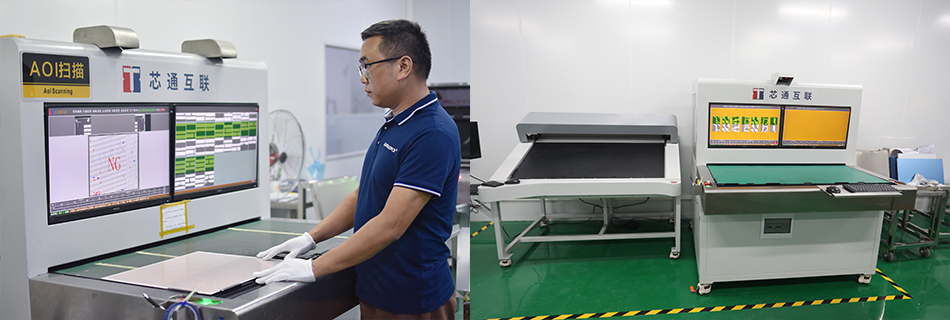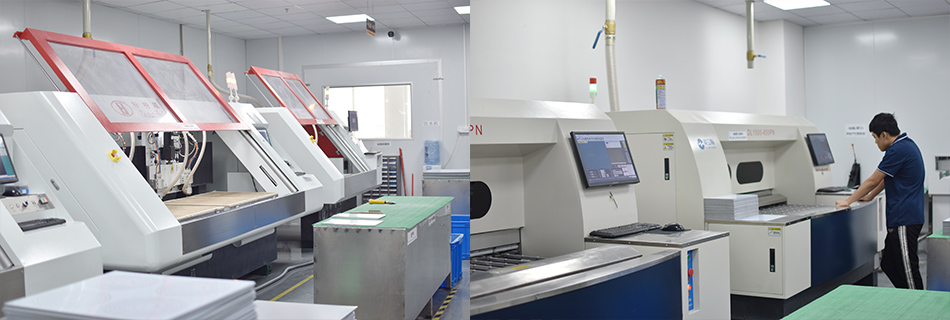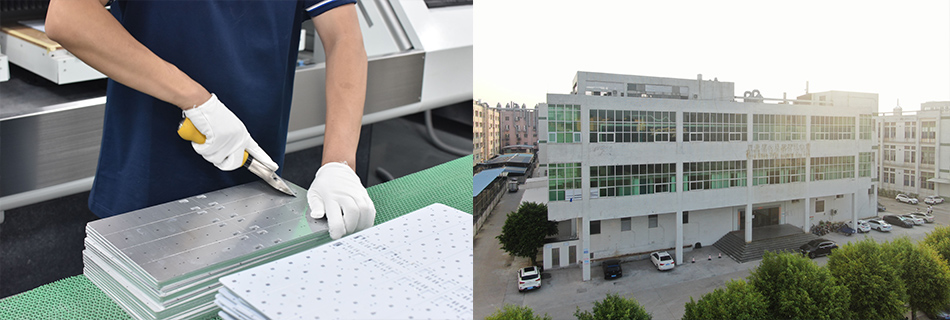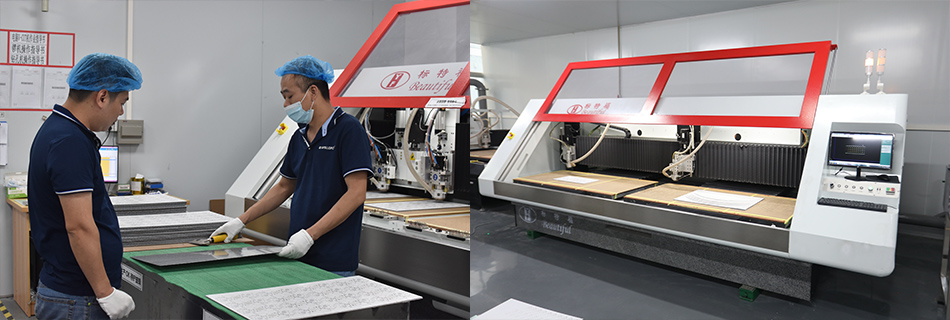-
- PCB TYPE
- PRINTED CIRCUIT BOARD PROTOTYPE ALUMINUM PRINTED CIRCUIT BOARD R&F PCB FPC HIGH FREQUENCY PCB HIGH-TG PCB HEAVY COPPER PCB HDI PCB PCB FOR LIGHTING METAL CORE PCB
time:Sep 23. 2025, 11:38:46
In the world of electronics, the demand for smaller, faster, and more efficient devices continues to grow. At the heart of these devices are printed circuit boards (PCBs), which are essential for connecting various electronic components. Among the many types of PCBs, Microvia HDI (High-Density Interconnect) PCBs stand out due to their advanced technology and manufacturing processes. In this article, we will explore what Microvia HDI PCBs are, how they are manufactured, and their advantages in the modern electronics industry.
Microvia HDI PCBs are a type of printed circuit board that utilizes microvias—tiny holes that connect different layers of the board. These microvias are significantly smaller than traditional vias, allowing for more components to be placed on the board, which increases its density. HDI technology is critical for modern electronics as it enables the production of compact and high-performance devices.
Microvias are defined as vias with a diameter of 150 microns or less. They are typically used to connect one layer of the PCB to another, often connecting the surface layer to the first inner layer. This technology allows for more complex and dense PCB designs, which are essential for modern electronics like smartphones, tablets, and other compact devices.

The process of manufacturing Microvia HDI PCBs involves several steps, each critical to ensuring the quality and performance of the final product. Let's take a closer look at these steps.
The first step in manufacturing a Microvia HDI PCB is the design phase. Engineers create detailed schematics that outline the layout and specifications of the PCB. Material selection is also crucial at this stage, as the materials used will affect the board's performance, durability, and cost.
HDI PCBs are made up of multiple layers. The process begins by constructing the core layers, followed by the addition of subsequent layers. Each layer is built using a substrate material, typically made of fiberglass or another insulating material, coated with copper.
Drilling microvias is a crucial step in the manufacturing process. Unlike traditional vias, which are mechanically drilled, microvias are typically created using laser drilling. This method allows for high precision and accuracy, which is essential given the small size of microvias.
After drilling, the microvias are plated with a conductive material, usually copper. This plating process ensures that the electrical connections between layers are reliable. The layers are then bonded together using a lamination process, which involves applying heat and pressure to create a solid and unified board.
The next step is etching, where unwanted copper is removed to create the desired circuit patterns. After etching, a solder mask is applied to protect the copper traces and prevent short circuits. The solder mask also provides a surface for soldering components onto the board.
Once the PCB is complete, components are placed onto the board using automated machinery. The components are then soldered onto the board, creating a secure and reliable electrical connection.

Microvia HDI PCBs offer several advantages over traditional PCB designs, making them an attractive option for modern electronic devices.
One of the primary benefits of Microvia HDI PCBs is their ability to support higher component densities. The use of microvias allows for more components to be placed on the board, enabling the production of smaller and more compact devices without sacrificing functionality or performance.
The shorter and more direct connections provided by microvias result in improved electrical performance. This feature is particularly important for high-speed and high-frequency applications, where signal integrity is critical.
Microvia HDI PCBs are known for their enhanced reliability. The advanced manufacturing processes and high-quality materials used in their production result in boards that are durable and capable of withstanding harsh environmental conditions.
The use of microvias and HDI technology provides greater design flexibility, allowing engineers to create more complex and innovative PCB layouts. This flexibility is essential for meeting the ever-evolving demands of the electronics industry.

Microvia HDI PCBs are used in a wide range of applications, from consumer electronics to industrial and automotive systems. Some common applications include:
Smartphones and Tablets: The compact size and high performance of Microvia HDI PCBs make them ideal for use in smartphones and tablets.
Medical Devices: The reliability and precision of HDI technology are crucial for medical devices that require accurate and consistent performance.
Automotive Electronics: Modern vehicles rely on advanced electronics for everything from engine control to infotainment systems, making Microvia HDI PCBs an essential component.

Microvia HDI PCB manufacturing represents a significant advancement in the field of electronics. With their increased component density, improved electrical performance, and enhanced reliability, these PCBs are essential for the development of modern electronic devices. As technology continues to evolve, Microvia HDI PCBs will play an increasingly important role in meeting the demands of the future.
By understanding the manufacturing process and advantages of Microvia HDI PCBs, businesses and engineers can make informed decisions about incorporating this technology into their products, ensuring they remain competitive in an ever-changing market.

Got project ready to assembly? Contact us: info@apollopcb.com



We're not around but we still want to hear from you! Leave us a note:

Leave Message to APOLLOPCB
